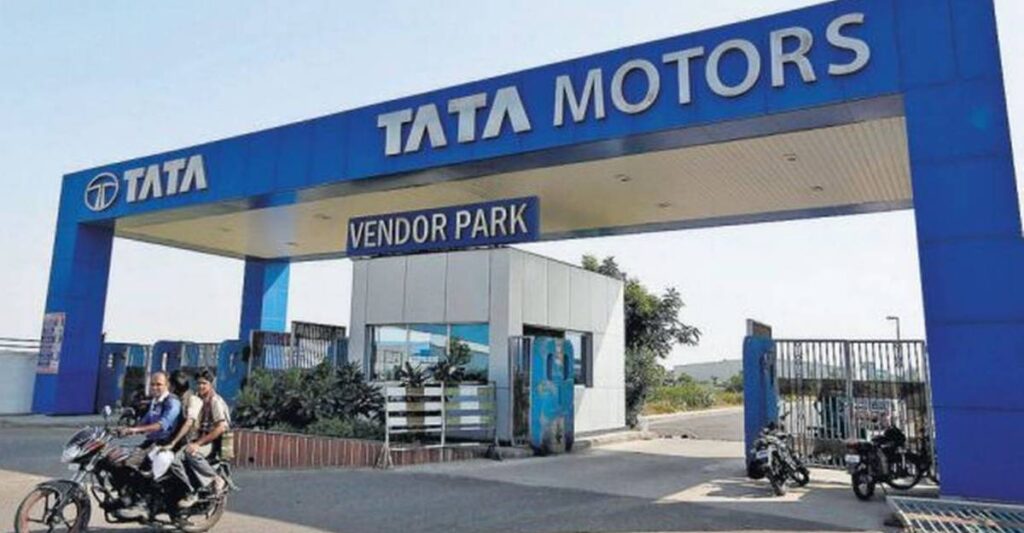In a bold move announced on February 27, 2024, Tata Motors, the Indian automotive giant, revealed plans to demerge its operations into two separate listed entities:
- Commercial Vehicles (CV) business: This entity will encompass all activities related to the manufacturing and sale of commercial vehicles, along with its related investments.
- Passenger Vehicles (PV) business: This entity will comprise the passenger vehicle businesses, including India PV, Electric Vehicles (EVs), and Jaguar Land Rover (JLR), along with their related investments.
This decision has sparked widespread discussion and debate, particularly regarding its potential impact on the company’s share price.
Tata Motors Demerger Rationale:
Tata Motors justifies the demerger by highlighting the distinct nature of its CV and PV businesses. The company argues that while there are limited synergies between the two segments, there are significant opportunities to be unlocked by focusing on each business independently.
For the CV business, a separate listing is expected to enhance its agility and responsiveness to the dynamic commercial vehicle market. Additionally, it could potentially attract investors specifically interested in the growth potential of the Indian CV segment.
On the other hand, the PV business, encompassing the high-growth passenger vehicle and EV segments, might benefit from a separate listing that reflects its distinct growth trajectory and potentially attracts investors focusing on future mobility solutions.
Impact on Share Price:
The announcement of the demerger has led to a surge in Tata Motors’ share price. In the days following the announcement, the stock price witnessed a rise of over 5%, exceeding the ₹1000 mark for the first time.
However, analysts differ in their opinions on the long-term impact of the demerger on share price.
Positive Outlook:
Some analysts believe that the demerger could unlock value for shareholders by allowing investors to better assess and value the distinct growth prospects of each business segment. This separate valuation could potentially lead to higher valuations for both entities compared to the combined entity. Additionally, the increased focus and agility of each business unit could lead to improved operational efficiencies and profitability, ultimately benefiting the share price in the long run.
Cautious Approach:
Other analysts adopt a more cautious approach, highlighting potential risks associated with the demerger. Concerns include the short-term disruption caused by the separation process, the potential loss of synergies between the businesses, and the risk of the CV business being delisted from major indices like Nifty and Sensex, impacting its visibility and liquidity.
Looking Forward:
The ultimate impact of the demerger on Tata Motors’ share price remains to be seen. While the initial reaction has been positive, the long-term trajectory will depend on the successful execution of the demerger process, the performance of each individual entity, and the broader market conditions.
One thing is certain: the demerger marks a significant turning point for Tata Motors and will undoubtedly be closely watched by investors, analysts, and the automotive industry as a whole.
Read more:


